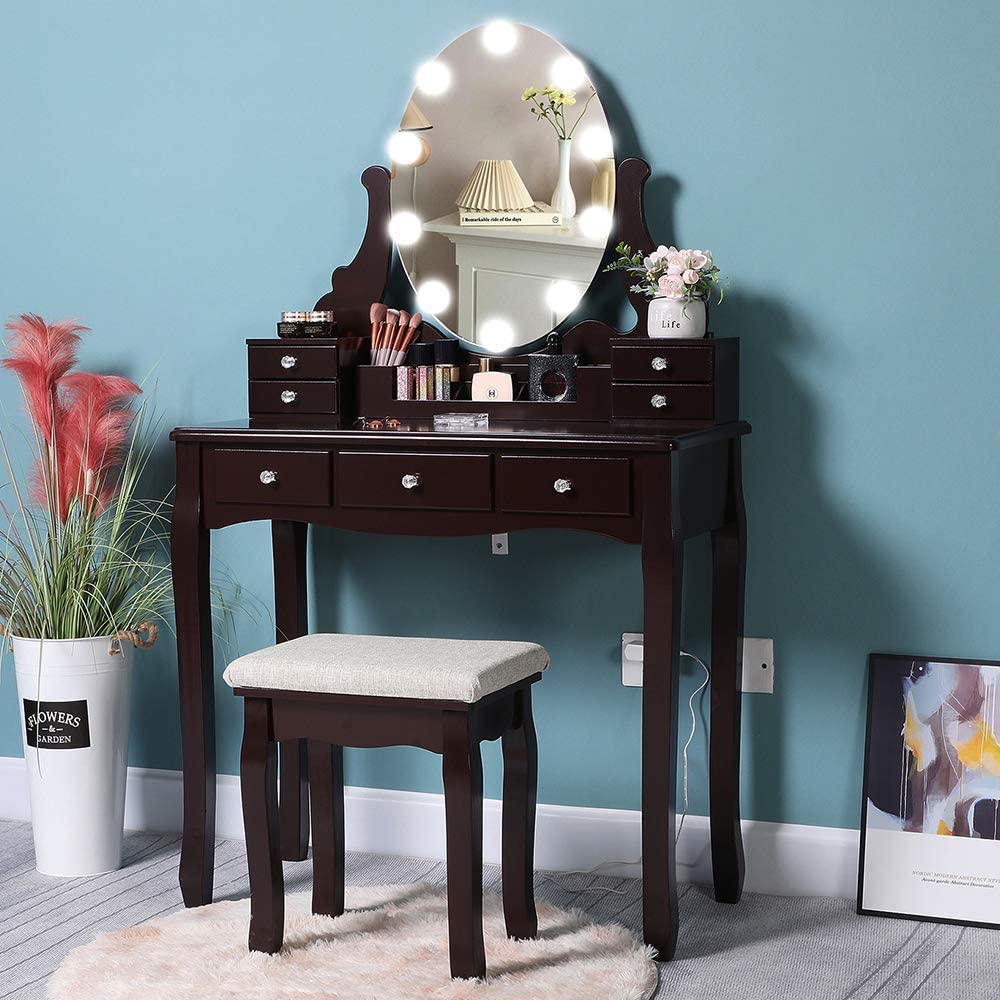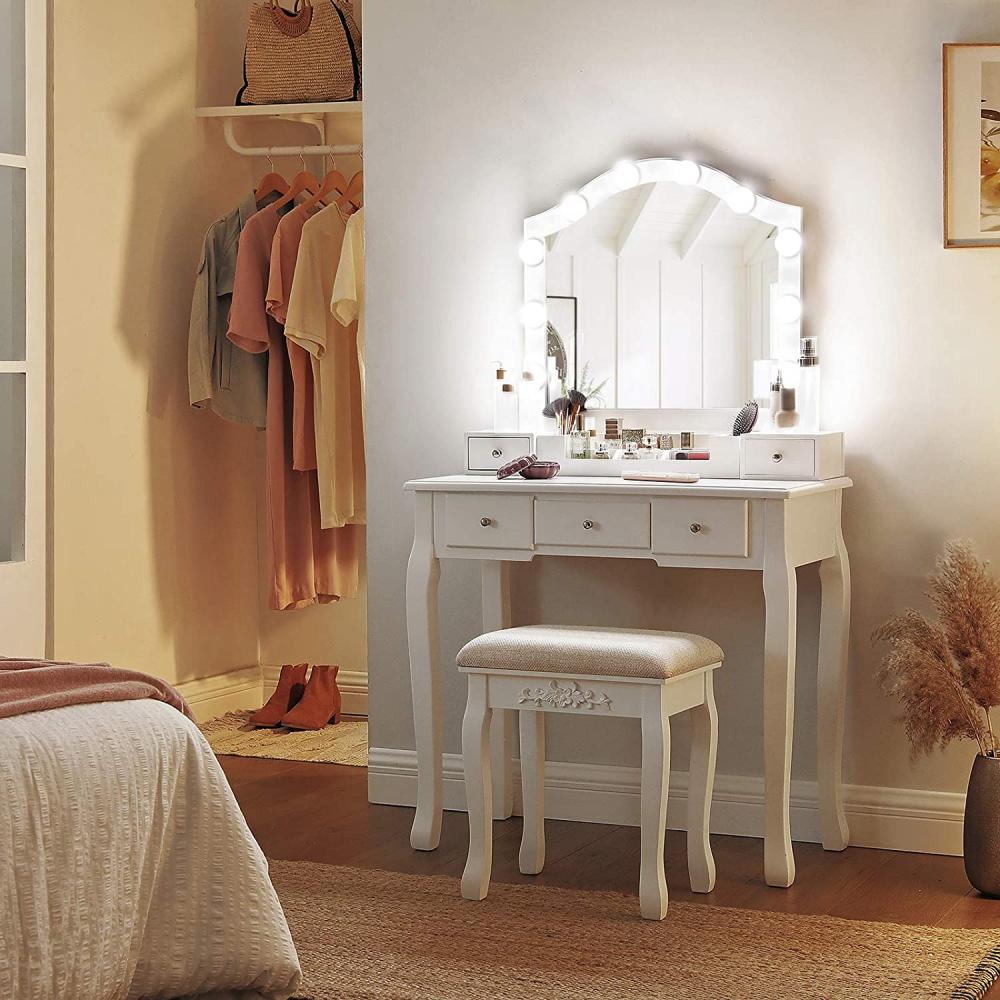About the author: Rong Yongwei, Shi Liluo Printing Materials Co., Ltd. Offset Printing Technology Director, engaged in the printing industry for many years, dedicated to solve printing technology problems for customers, ink, fountain solution and other printing supplies with in-depth understanding.
Offset offset printing is based on the principle of oil-insoluble, wettable, absorbent, and selective adsorption. Ink balance is the most important principle of lithographic offset. Reasonable control and use of fountain solution is quite important in lithographic offset printing operations. This article takes the alcohol-based fountain solution currently used as an example, starting with the composition of the fountain solution and application methods, combined with the author's printing work experience, talk about how to reasonably control the use of fountain solution.
Water: The main component of fountain solution is water. The water quality conditions and hardness are not the same everywhere. Generally, the conductivity of soft water is about 0-225uS, and hard water is usually more than 450uS. When the water quality is hard (mainly when the Ca + content is high), it usually causes the Ca + to come into contact with the resin in the ink to form calcium sulphate. When combined with the acid in the acid fountain solution, it will produce like lime or calcium. Salts such as calcium phosphate. Saponified calcium has lipophilic properties, which can cause the ink to deposit in undesired areas such as the water roller and the ink roller, which causes the surface of the roller to crystallize, causing poor water transfer and ink transmission. The calcium salt is hydrophilic and hinders the ink. Transfer and cause deinking of the ink roller, so the fountain solution additive used when the water quality is hard water should contain the corresponding substance to eliminate the effect caused by excessive calcium ions.
Alcohol or alcohol substitute: The main role of alcohol in the fountain solution is to reduce the surface tension of the aqueous solution. The volatility of alcohol can reduce the degree of emulsification of the ink, keep the color of the printed product bright, and accelerate the drying of the ink on the substrate. Because isopropyl alcohol has a slower volatilization rate, the ability to reduce the surface tension of water is stronger, and general industrial alcohols have a higher volatility, and the ability to reduce the surface tension of water is low, and isopropyl alcohol is generally used for printing and the production quality is relatively stable. At present, the quality and price of alcohol products on the market are quite different. When using, products with high purity and good texture should be carefully selected. Isopropanol should be used as much as possible, and industrial alcohol should not be used. The amount can be reduced, and the use effect and production quality can be reduced. cost. Generally, the surface tension of tap water is about 72 dyne, and the surface tension of offset ink is about 30-36 dyne. The surface tension of the fountain solution must be controlled so that the surface tension of the fountain solution is the same as the surface tension of the ink. To control the degree of ink emulsification. Usually, the content of isopropyl alcohol can reach 8-12%, and the alcohol content can not be too high, otherwise it will cause serious emulsification of the ink.
The fountain solution additive: The selection of the fountain solution additive should be very careful, consider whether to contain these components: acidic electrolyte, buffer, hydrophilic colloid, surfactant, preservative, bactericide, defoamer and so on. A good fountain solution should have the following characteristics: (1) It is weakly acidic, has good buffering capacity, and has a stable pH; (2) it can react with the non-graphic part of the printing plate to produce a hydrophilic inorganic material that is insoluble in water. Salt; (3) Can be spread on the non-graphical part of the printing plate, with good wettability; (4) Corrosive to machines, printing materials such as printing plates; (5) Structure of dampening system with offset printing press Adaptation, no precipitation, no bubble bleed, no blocking circulation pipe; (6) Match the printing suitability of inks and substrates, and meet the quality requirements of printed products; (7) The fountain solution is best to be colorless and transparent, which is good for color The color effect of printing; (8) No pollution to the environment, no harm to the health of the operators.
The amount of fountain solution additive should be kept stable. When it is added manually, it needs to be equipped with standard gauges. For the automatic adding device of the water tank, it should be regularly checked and maintained to ensure that the extraction equipment works normally. The conductivity was used to control the addition of fountain solution additives. Firstly, the conductivity of clear water should be measured. In practice, the conductivity of clean water should be deducted first. Since alcohol or alcohol substitutes are not electrically conductive, the electrical conductivity will decrease when they are added. The conductivity should be measured once after adding alcohol. Practice shows that the reference value of conductivity is generally higher than that of clear water (after adding alcohol) 800-1200uS, PH value is controlled between 4.8-5.3, and product quality is easy to control.
The usage of fountain solution should be rationally used according to the machine, water quality, printing materials and other conditions of each printing factory. At present, printing companies in the northern regions and coastal areas and some printing plants that use groundwater have hard water quality and often suffer from excessive calcium. The high-quality fountain solution additives should be suitable for modern high-speed printing conditions, and have anti-calcium function for hard water, with excellent buffer capacity, PH value can be stabilized at about 5.1, and effectively prevent calcium from water, paper and ink It accumulates on the rollers, keeping the fountain solution clean and free from sediments and bubbles. It is also stable under hard water conditions.
The reasonable use of fountain solution in the printing production process can prevent and solve a variety of printing problems, and often has a multiplier effect. We may as well try.
Dressing table, also called toilet table, a table used for the toilet. The term originally was applied in the 17th century to small tables with two or three drawers. It soon became common practice to conceal the fittings of the dressing table when they were not in use, and great ingenuity was exercised by 18th-century cabinetmakers to combine elaborate fittings with a handsome piece of furniture.

In the Cabinet-Makers` London Book of Prices (1788), Thomas Shearer included a design for a dressing stand [with folding tops. The top and bottom fronts are shams, in the back part of the stand is a cistern which receives water from the bason drawer . . . ." The inside included [A glass hung to a sliding piece, 3 powder boxes, a lift-out to hold 4 razors, hone and oil bottle, a ditto for combs, and partion`d off for tooth brushes, a shallow ditto for tweezers, knives etc. . . . ."

Mirrored Dressing Table,Dressing Table Set,Vanity Dressing Table,Dressing Table With Drawers,Wooden Dressing Table,MDF Dressing Table,Dresser With Mirror
Jinan Tri-Tiger Technology Development Co., Ltd , https://www.tigerwoodproduct.com